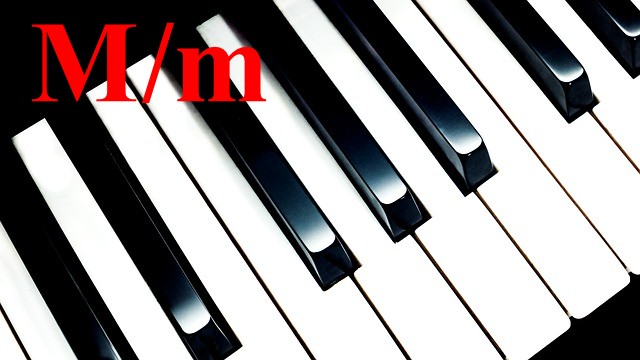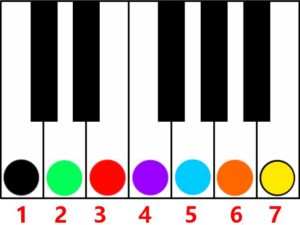Let’s talk about a chord trick that’s really simple to execute but at the same time, has a pretty sophisticated sound. I’m talking about “Major over minor for 11”. It’s really a simple chord shortcut to play a minor 11 chord with a minimal amount of brain power.

Just to be clear, know your Major and minor chords. You have so many more possibilities when you know them very well. You should know them well enough without even thinking about them when you’re creating chords and voicings.
First of all, what is an 11th chord? An 11th chord is an extended chord in which the 11th note in a key of music is added to the root chord of that key.
So how can you have an 11th tone in a key of music when there are only 7 different notes? An 11th tone in music lies in the concept of extended notes or tones.
If you count up from the root note in a key of music you will have 7 different notes.
The concept of chord extensions requires us to continue to count beyond those 7 different notes.
Using the key of C Major, we can count up from the root note all the way up to the 7th.
Beyond the 7th, you will continue counting the octave as the 8th tone in the key.
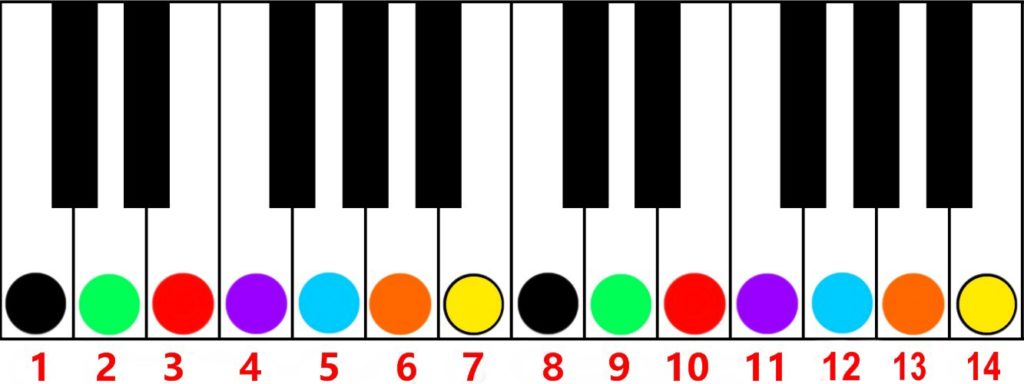
As you can see, beyond the 8th tone is the 9th, 10th, 11th, 12th, 13th, and 14th tones.
The 11th tone however is the extended tone that we’re focusing on here.
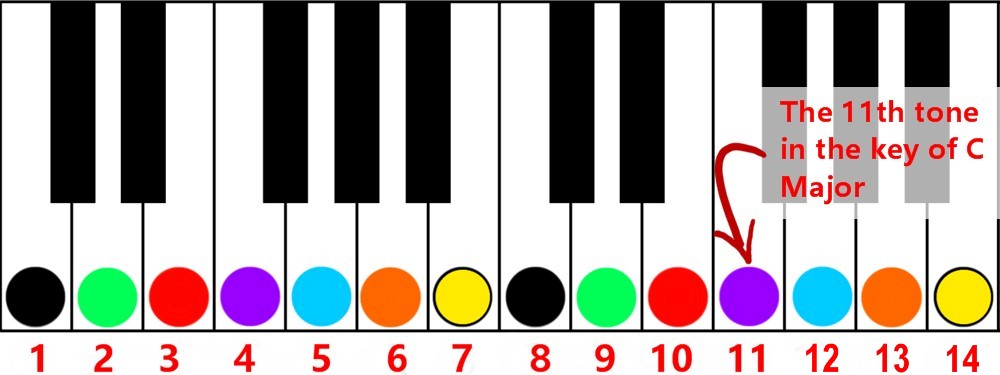 It’s an interesting and unique note to add to a chord simply because it slightly alters the structure of a chord rather than just give it color as other extended tones do.
It’s an interesting and unique note to add to a chord simply because it slightly alters the structure of a chord rather than just give it color as other extended tones do.
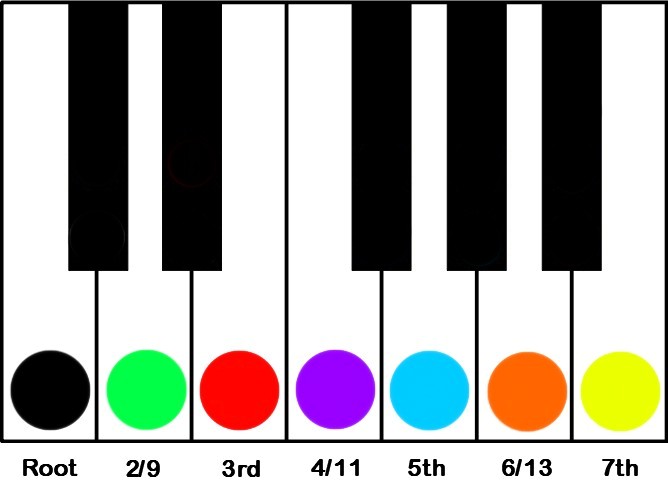
It’s easy to understand that just by looking at the numeric sequence of these tones that the 4th and the 11th are the same note.
If the 4th is added to a simple triad, it suspends the 3rd of the triad and creates what is known as a Sus4 chord. The fact that the 3rd and 4th notes are only a half step apart, cause them to clash and creates too much dissonance for them to be played at the same time.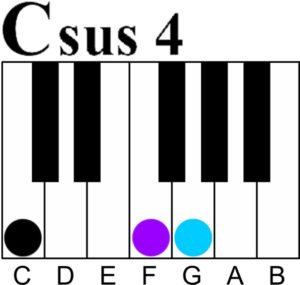
So why or when is the 4th tone referred to as the 11th?
It’s actually when the dominant 7th is present in the chord.
A dominant 7th is also referred to as a flatted 7th. It’s not a natural note that occurs within the key that the root chord is based on. It’s located a whole step below the root of any chord and is very common to blues music as well all kinds of other popular music.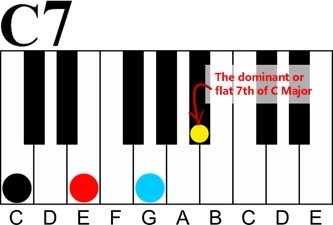
Now getting back to the concept of “Major over minor for 11”. We’re not going to be creating a regular 11th chord with this shortcut, but a minor 11th chord. The concept of adding the 11th is the same but the chord is minor. With that being the case, there is no suspension of a note as you would have with the Major 3rd.
Here’s the “Major over minor for 11” shortcut:
1 Choose any minor chord in your left hand. In this case, C minor. (play in root position to start off with) 2 Locate the dominant 7th of the chord. Play a Major triad based on the dominant 7th in your right hand. In this case, B flat Major. (also play this chord in root position to start off with)
2 Locate the dominant 7th of the chord. Play a Major triad based on the dominant 7th in your right hand. In this case, B flat Major. (also play this chord in root position to start off with)

As you can see, you have a Major chord over a minor chord. This results in a C minor 11th chord voicing.
Now that you understand the concept, take this simple 2 step chord voicing shortcut and play it with other chords.
Let’s try F Minor 11: E flat Major over F minor

Now, how about G Minor 11? F Major over G minor

Here’s the “Major over minor for 11” shortcut in G flat: E Major over G flat minor

Play this chord voicing shortcut in all 12 keys. Notice how it has a very jazzy sound and it seems to transition to any other chord with the same voicing very smoothly.
Now even though this is the simplest way to play the “Major over minor for 11” shortcut, we can certainly expand the possibilities of it. If you’re familiar with chord inversions, you’re aware that you can apply this concept here.
Now let’s take the “Major over minor for 11” concept that we used in C and apply it with chord inversions.
Here’s B flat Major over C minor in first inversion resulting in a C minor 11 chord voicing.

Here’s B flat Major over C minor in second inversion resulting in a C minor 11 chord voicing.

I think by now, you have a good grasp of how this chord voicing shortcut works.
Some things to consider:
You can play the “Major over minor for 11” concept in higher registers of the keyboard and it’s going to sound good and have interesting textures throughout most of them. However, be aware that the farther you move into lower registers, it starts to sound way too muddy and thick. As a general rule, try not to move too far past the octave below middle C. When you’re playing chord voicings that are very close together such as this one. That way, you’re still staying within the range of middle C (where most chords actually sound best).
The “Major over minor for 11” chord voicing is not necessarily one in which you must use for a series of chords but just might be a way to voice a particular chord at a particular point in your music that really adds something to your piano playing.
Find out how to learn know your Major chords by downloading this free Instructional Guide
Find out how to learn Chord Inversions by downloading this free Instructional Guide
Get more content by subscribing to the free Color Notes Ezine.
Find out more about Color Score! The easiest way to learn to play the piano like a professional.
Until next time, Go Play!
Greg Lee
Latest posts by Greg Lee (see all)
- What is a minor/Major 7 Chord? - October 26, 2023
- 7 Chord Substitutions that Professionals Use - October 19, 2023
- 5 Simple Chord Tricks to Sound Amazing - October 5, 2023

